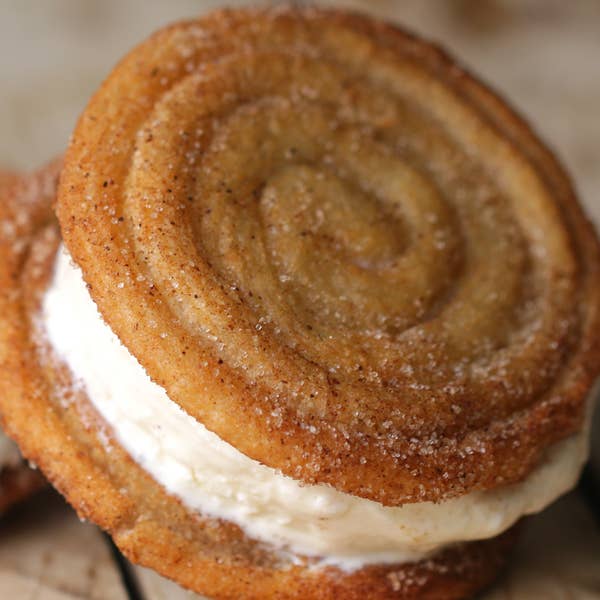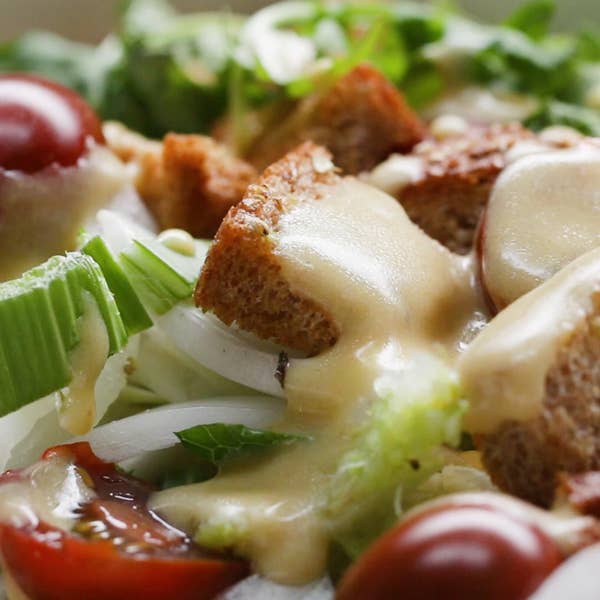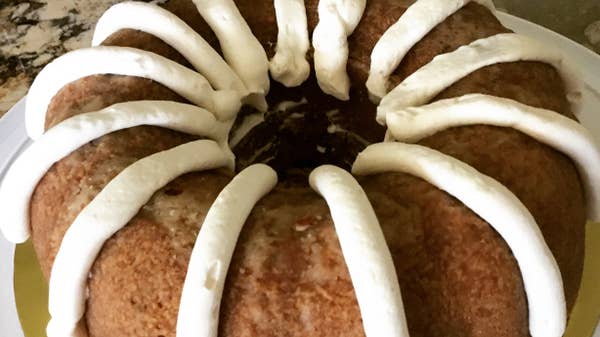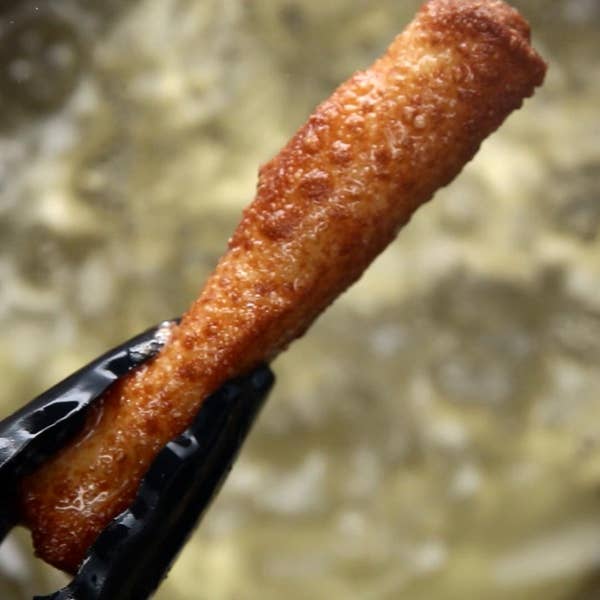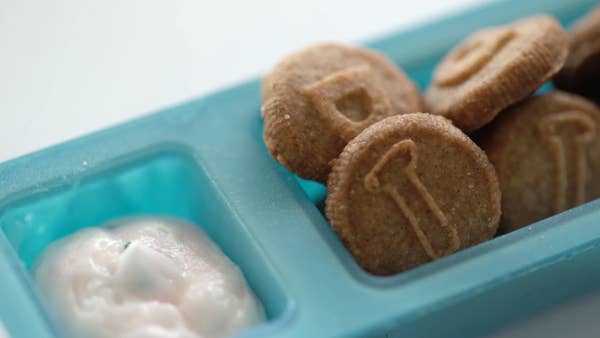
Sourdough Starter
4.2(227)
This sourdough starter recipe takes a bit of effort to get going, but once it’s ready you’re in for endless delicious bread. Don’t be discouraged if your starter isn’t ready in a few days- it takes a little time for it to level out. Keep in mind your sourdough starter is sensitive to temperature, so if your house is very warm, use cooler water, and if your house is chilly, use warmer water.
